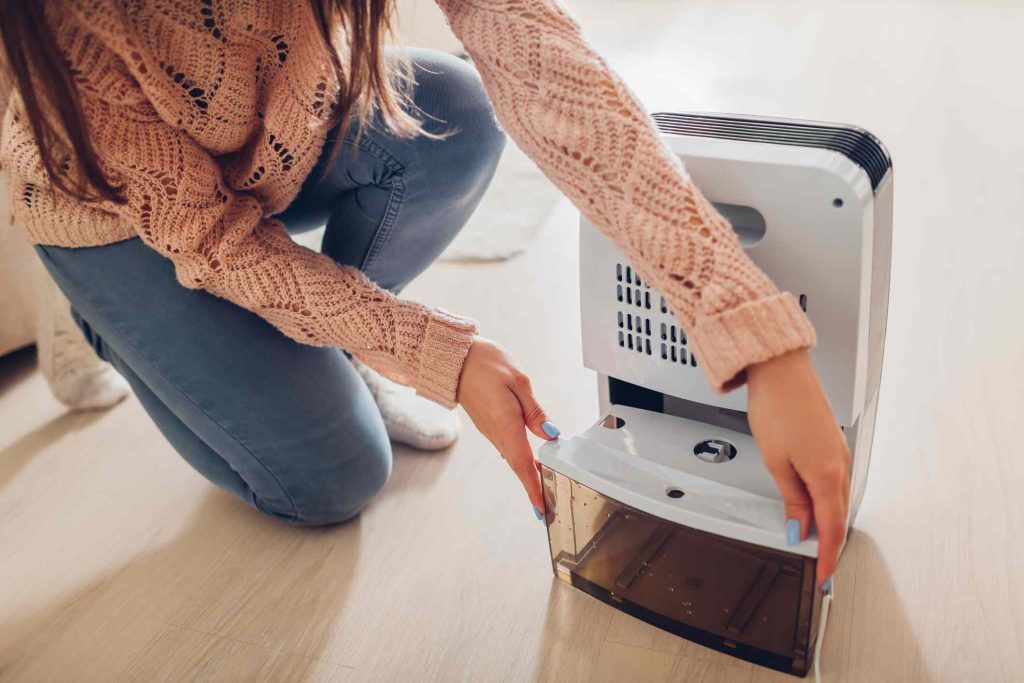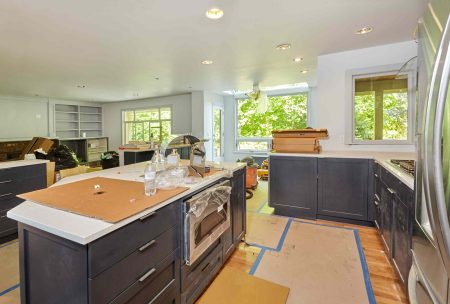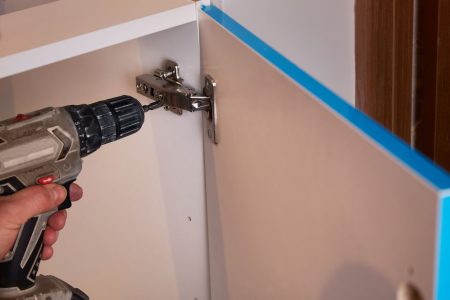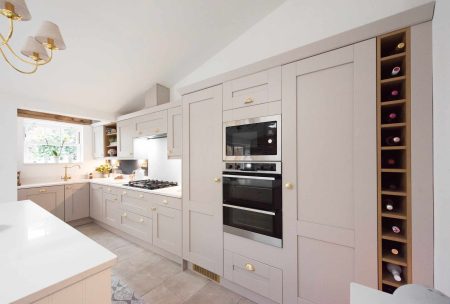Dehumidifiers are commonly used to help regulate the indoor conditions and make the home feel cooler, especially in the summer months. But despite making the room feel cooler, a dehumidifier does not actually reduce the ambient temperature inside the home.
Learn how a dehumidifier can help you feel cooler without affecting the temperature.
Does a Dehumidifier Cool a Room?
Dehumidifiers are designed to reduce the humidity level, however dehumidifier don’t actively cool the room. In fact, a dehumidifier may even contribute to heating the room, though the amount of heat given off by the compressor is minimal.
Despite not having an impact on the temperature, a dehumidifier can still help the room feel cooler by decreasing the humidity level in the room or throughout the home, making it an excellent option for use alongside fans or an air conditioning system to achieve optimal comfort.
Want more home reno project tips and inspiration? Sign up for our free daily newsletter for the latest how-tos, reno guides, and more!
How Do Dehumidifiers Make a Room Feel Cooler?
Dehumidifiers may not be able to reduce the ambient temperature in the room, but they can make the room feel cooler. This is accomplished by decreasing the humidity level indoors. When the humidity level is too high, the air feels muggy, damp, and uncomfortable. This feeling is an indication that your body is not able to regulate it’s internal temperature effectively due to the high level of moisture in the air.
Since the air is saturated with water moisture, the sweat on your skin cannot evaporate efficiently, making it feel warmer inside the home than it actually is, leaving you feeling sweaty and sticky. A dehumidifier captures the excess moisture in the air, reducing the ambient humidity levels, which makes it easier for your body to regulate it’s internal temperature. This causes the room to feel cooler despite the temperature remaining unaffected by the change in humidity.
Can I Use a Dehumidifier Too Much?
The purpose of a dehumidifier is to reduce the humidity in the home. However, if the humidity level drops too low, it can make the air feel dry and uncomfortable. Dehumidifiers should not be used if the ambient humidity levels are already between 30 to 50 percent. You can check the humidity indoors using a hygrometer or some thermostats may also display the current humidity.
Does an Open Window Have the Same Effect?
Opening a window at night can help to cool down the temperature of the home, but it won’t have the same effect as a dehumidifier. Opening a window can actually reintroduce humid air into the room, making it feel hotter and stickier. This is especially true during the early morning when the air temperature is coolest, so it’s best to keep the windows closed when combatting high indoor humidity levels.
7 Tips for Cooling a Room
The best method for cooling a room is to install an air conditioner which can remove heat from the space, dropping the temperature indoors. However, if you don’t have an air conditioner, consider these tips for cooling a room:
- Keep the windows closed and covered during the day. This will block out the sunlight and will add a layer of insulation to slow the transfer of heat through the window and surrounding wall.
- Shut the doors to reduce the transfer of heat throughout the home. Closing off parts of the home you are not actively using during the day, like a bedroom or bathroom, can help the room that you are using cool down faster.
- Grill outdoors instead of using the stove or oven. While an oven is a convenient appliance for cooking, the heat generated will increase the temperature in the home. If you really need to use the oven or the stove, wait until the sun goes down and the outdoor air cools a bit later at night, then open a few windows to help the heat dissipate.
- Switch to CFL or LED lights for better energy efficiency and to reduce heat production given off by incandescent light bulbs.
- Create a cross breeze using fans to circulate cooler air throughout the home while pushing hot air out. Place a fan in the coolest part of the room, then angle it toward the warmest area of the room to draw in cooler air and push out the hotter air.
- Invest in a dehumidifier to increase the comfort level indoors. While a dehumidifier will not actually affect the temperature, it will reduce the ambient humidity, making the room feel less sticky or muggy.
- Open the windows at night when the temperature outside drops. Just keep in mind that you should close the windows in the morning to avoid heating the house during the day.
Read the full article here









